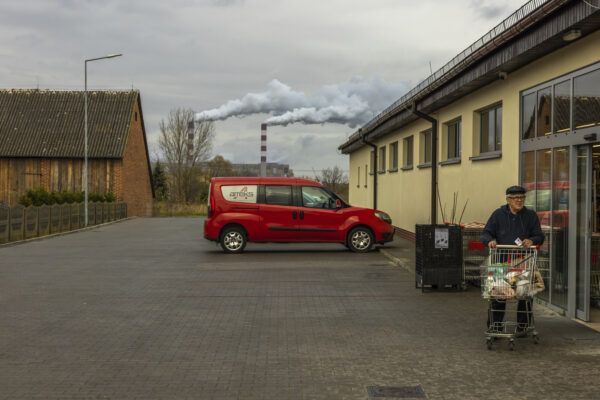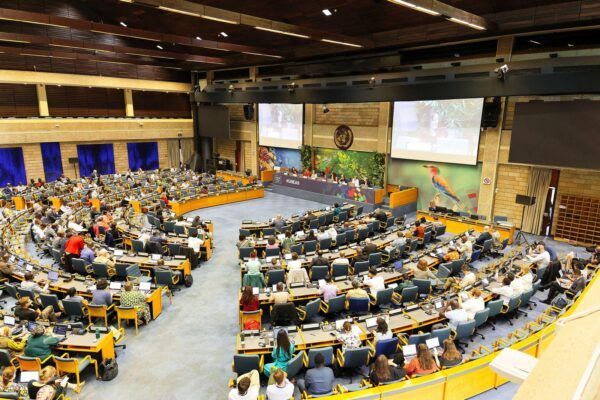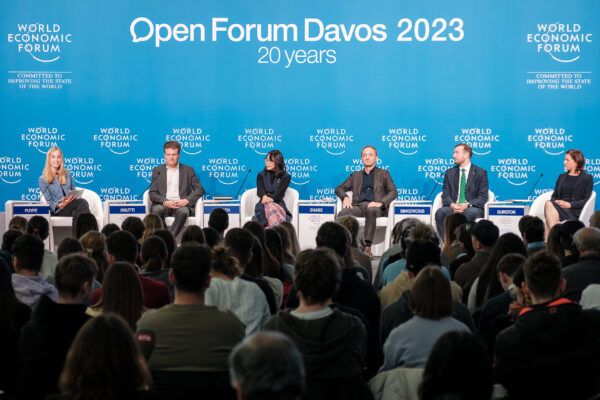Since January, there have been important strides towards our shared goal of clean air for all. In this first of my quarterly updates, I’ll share key highlights and insights on these recent developments.
Leaps forward on air quality
Last month, the US Environmental Protection Agency announced stricter air quality standards for pollution, targeting power plants, industrial facilities and vehicles. It dropped the annual particulate matter (PM2.5) standard from 12ug/m3 to 9ug/m3. Most other high-income economies are considering less ambitious targets, so this is major news.
In another massive leap forward, the EU struck a provisional deal to bring its Ambient Air Quality Directive (AAQD) closer towards WHO recommendations – aiming for 10ug/m3 for PM2.5 by 2030 and 20ug/m3 for NO2 – a halving of the current limits. The negotiated text still needs to be adopted by the European Parliament and member states to become EU law. Clean Air Fund urges the European Parliament and member states to swiftly adopt the text so millions begin to reap the benefits of cleaner air without delay.
Global knowledge sharing and regional cooperation
There’s also been some forward motion in the international arena (although more of a shuffle than a leap). I recently attended the UN Environment Assembly (UNEA6) in Nairobi, where an air pollution resolution was approved after a tense week of wrangling (see our statement). As negotiations around the draft text showed, it is possible to reach consensus on the need to urgently tackle air pollution for health, climate and economic reasons, despite geopolitical divisions. Importantly, the resolution directs the UN Environment Programme to establish a global knowledge platform to share information and expertise across 193 member states. This will help to overcome gaps in technical knowledge and guidance, which our research shows are some of the biggest barriers to effective air pollution management in low- and middle-income countries.
While I wanted to see stronger language on the integration of action on climate change and air pollution (given that two thirds of outdoor air pollution is from burning fossil fuels), it’s encouraging to see the growing political will for clean air and the desire for regional cooperation.
Political opportunities for shared challenges ahead
We can’t rest easy however, as air quality still gets very limited attention in the international arena and falls through the cracks of development finance. As Arunabha Ghosh and I argue in this Agenda blog, clean air is both the foundation to – and a prerequisite for – sustainable development and economic growth.
Elections are expected to take place in 80 countries this year, so we must continue to build political momentum. I very much agree with Helen Clarke, co-chair of the Our Common Air commission we recently launched with CEEW, that we need to raise awareness of air quality science and draw on people’s experiences with air pollution where they live and work.
I’m excited that, during the next quarter, we’ll be launching the first outputs of this Commission including some bold recommendations for governments, development finance institutions and others to ensure this global challenge receives the attention, funding and action it needs.


